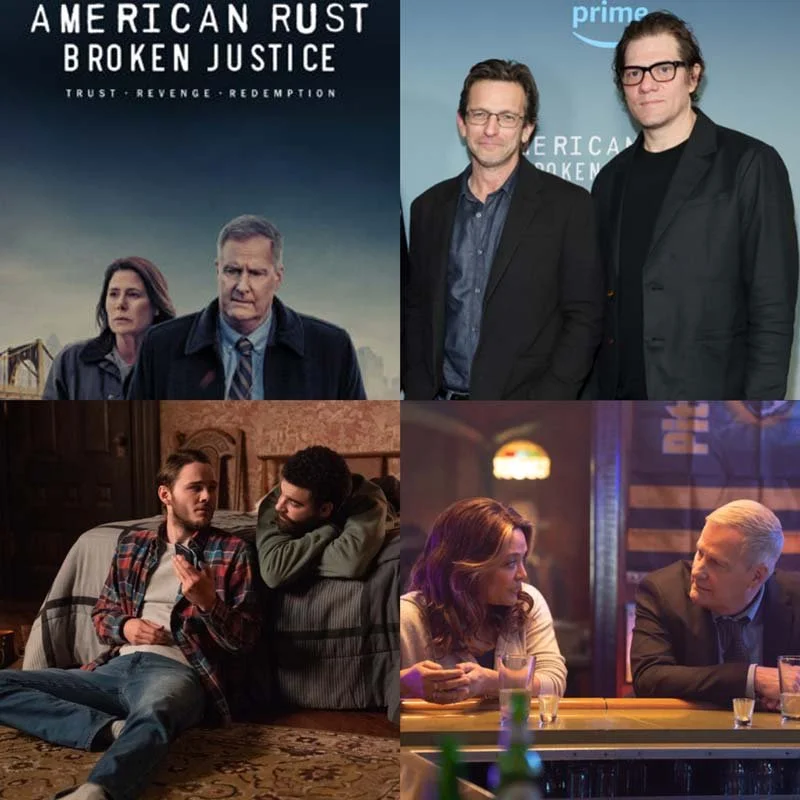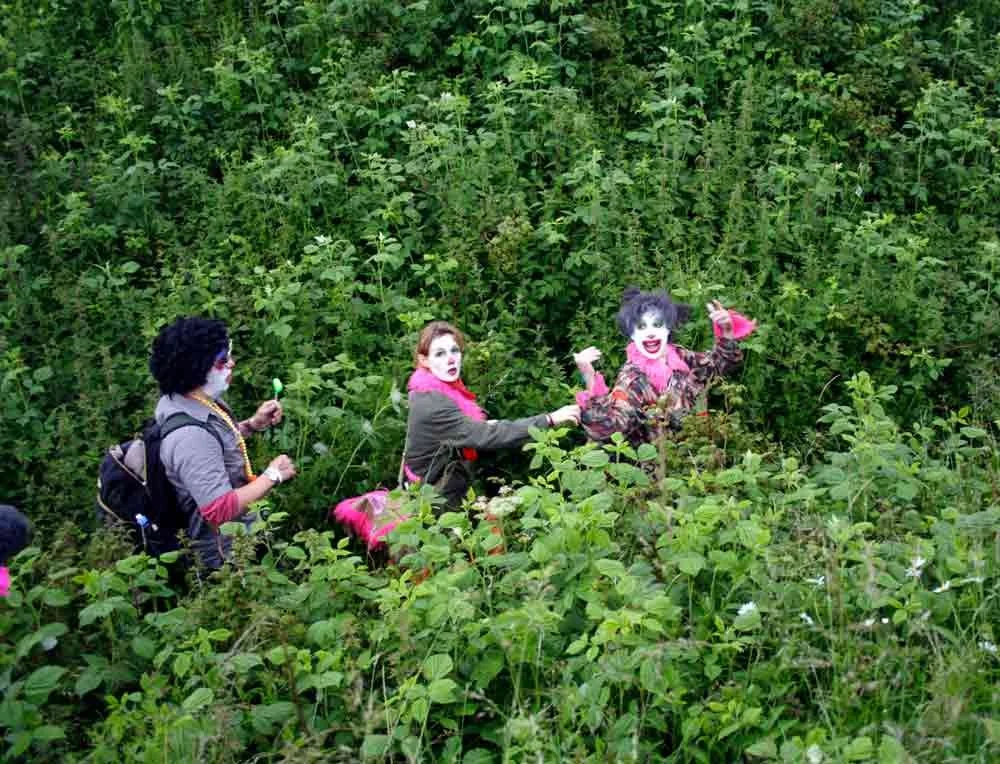Wendy Morris is a Belgian based artist and researcher working between moving image, diaries, letters, drawings and sound works. Her work explores fictional, documentary and autobiographical genres and is concerned with colonial migrations, religious dissent and archeological traces. A South African artist, born in Namibia (1960), the focus of her work is on movements between Europe and South Africa. She has shown her work internationally in exhibitions that include Jeu de Paume, Paris, Argos Centre of Art and Media,Brussels, and Mu.ZEE, Ostend, and festivals such as Dok-Leipzig, Annecy Animation festival and Clermont-Ferrand Short Film festival.
Morris is professor at the University of Leuven and teacher at LUCA School of Arts in Brussels and a member of the Lieven Gevaert Research Centre, Leuven. She completed her doctorate in the arts in 2013 with a book of 52 letters and three films.
THE CREATIVE PROCESS
You’re a South African artist, born in Namibia. How did you come to explore colonial migrations and histories of religious dissent? What drew you to visual art and animated filmmaking?
WENDY MORRIS
It has always seemed to me that as a South African and Namibian artist that there was not a choice to not explore colonial migrations, apartheid histories and white privilege. The past shapes the present and I have always wanted to better understand how South African society has been formed. There is much to be examined. My forebears left Europe on different waves of migration: Dutch, German and Norwegian economic migrants, French Huguenots fleeing religious persecution, English economic migrants, proselytizing English missionaries. Others were forced into leaving their homeland as enslaved women taken from Angola and Mocambique. My concern in the last decade has been with examining who these forebears were before they left for the Cape, the better to understand the role they played in the formation of South African society.
Migrants write letters back to family and these letters, as traces of the person who has moved away and precious for that reason, are frequently preserved. I have inherited a large archive of letters, diaries and manuscript memoirs of an extended family, and have found it productive to explore issues of migration through the ‘lens’ of these documents. I have always sought to position myself in these stories and to seek my complicity – willed or unwilled - in these complex colonial histories.
THE CREATIVE PROCESS
What role does documentary, autobiography, your notebooks, letters and diaries play in your work?
MORRIS
For many years I have kept diaries, notebooks and studio journals. My drawings and films emerge out of these episodic and fragmentary writings. Writings generate images and images in turn generate writings. They are integrally connected.
You were recommended to us by KU Leuven because of your important contributions to visual art, film and audio-visual poetry.
THE CREATIVE PROCESS
What draws you to those mediums?
MORRIS
The metaphoric possibilities of art, animation and film are the attraction. Drawn animation allows for the invention of an audiovisual universe in which (seemingly) unrelated objects can be transformed one into another to form insightful associations and alter frames of reference.
I have two recently published books as part of two solo exhibitions. Off by Heart and Out of Breath, This, of course, is a Work (2017), and A Silva Rerum (2016) of the Imagination.
THE CREATIVE PROCESS
Were you born into a family of artists?
MORRIS
My father was an architect and his mother, who died young, studied art. I have soem of her paintings, silver and copperwork. I was always aware that she had studied art.
Who in your childhood–for example, parent or teacher–encouraged you to become and artist? And which artworks, films... do you remember most fondly or return to?
My parents encouraged me to draw. At quite an early age they enrolled me in art classes and I learnt to work with clay, to make batik and to sculpt. On Saturdays my father would set me to work in his office in Johannesburg colour-coding architectural drawings with soft Derwent colour pencils. He commissioned hand-made clay name plaques from me for the cottages of clients that he was designing in the Kruger National Park. Later my mother enrolled me at an experimental art studio run by Bill Ainslee, an informal art school that provided an education for many black artists who were excluded from formal art education. William Kentridge worked there too. My mother suggested that I go to university to study art.
THE CREATIVE PROCESS
Which artists/teachers/friends supported you on your path to becoming an artist?
MORRIS
I am in still in touch with an art teacher who had a huge influence on my work, through his own work, through his way of teaching and through his way of negotiating the political in South Africa in those repressive years. Dr. Keith Dietrich taught at the University of South Africa where I finished my Bachelor of Fine Art degree. He went on to head the Fine Arts Department of Stellenbosch University. Keith was one of the first artists I knew to earn a PhD in the arts. Currently we are planning a project of correspondence together. I still admire his work and seek every opportunity to work and exhibit together.
THE CREATIVE PROCESS
What works do you recommend to your students?
MORRIS
I try to make my students attentive to the work of female artists, artists of colour and artists from previously colonised countries. I try to draw their attention to artists who deal with social and political issues in their work.
THE CREATIVE PROCESS
What do you hope your students take away from your classes?
MORRIS
As an artist teaching at the university, I want art history and cultural studies students to gain insights into the methodologies of artists and to understand the risks that artists take in their work. I want these students, in turn, to dare to write on art and artists from their own subject positions. As an artist-researcher teaching at the School of Arts I want young artists to be able to reflect on their artistic processes and articulate their methodologies.
THE CREATIVE PROCESS
What advice do you give them?
MORRIS
I advise art history students not to write on art from a safe distance but to dare to position themselves in their writing and to explore creative forms of writing such as the letter.
THE CREATIVE PROCESS
What are your views on the future of communication and how technology is changing the way we communicate, read, interact with the world and our imaginations? What are your views on the importance of creativity and the humanities?
MORRIS
I believe it is time for a reappraisal of the letter as a productive and poetic form of commuunication. To this end colleagues and myself have created a research project investigating the letter as a form in contemporary audio/visual arts. The project involves the establishment of a modest ‘republic of letters’ that connects artists, art historians, historians, philosophers, writers and performers. In April we start with a symposium, A Letter’s Discourse, in Brussels in which we begin work on identifying the role of the letter-form in contemporary arts. In an evening open-mic session twenty readers - selected from across the spectrum of the humanities - are invited to read a letter of their choice. This reading event is intended to re-inspire interest in the letter as a creative means of writing and exchanging ideas across disciplines.
Mia Funk is an artist, interviewer and founder of The Creative Process.



















































